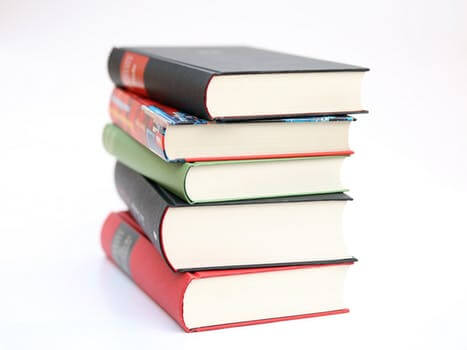
Time once was that the self-help book was the dysfunctional cousin on publishing’s family tree. The first was said to be published in 1859 (Semuel Smiles’ book, Self Help), but the genre only hit its stride 100 years later. Back in the 1960s and 1970s, however, the self-help section of the bookshop was an area to be entered furtively, and with a healthy dose of scepticism. With their long-winded titles (Everything You Always Wanted To Know About Sex But Were Afraid To Ask) the books promised much and delivered little.
By the time the 1980s rolled around, there was a new focus on the self. The books went from being the sole preserve of gurus to a weapon of choice for ambitious dynamos who were simply feeling a little directionless.
Today, however, the self-improvement industry is said to be worth $11 billion in the US alone. It’s estimated in the UK that self-help has earned publishers £75 million in the past five years.
Tiny Beautiful Things by Cheryl Strayed (Atlantic Books)
Leap In by Alexandra Heminsley
(Penguin Random House)
The Artist’s Way by Julia Cameron
(Macmillan)
Sleep Your Way To The Top (and Other Myths About Business Success) by Jane Miller
(Sterling Books)
Anxiety for Beginners by Eleanor Morgan
(Bluebird books)
The Year of Yes by Shonda Rhimes
(Simon & Schuster)
The Life-Changing Magic Of Tidying by Marie Kondo
(Vermilion Books)
The Rules by Ellen Fein and Sherrie Schneider (Piaktus)
The Complete Worst-Case Scenario Survival Handbook by Joshua Piven and David Borgenicht (Chronicle books)

Leave a Reply